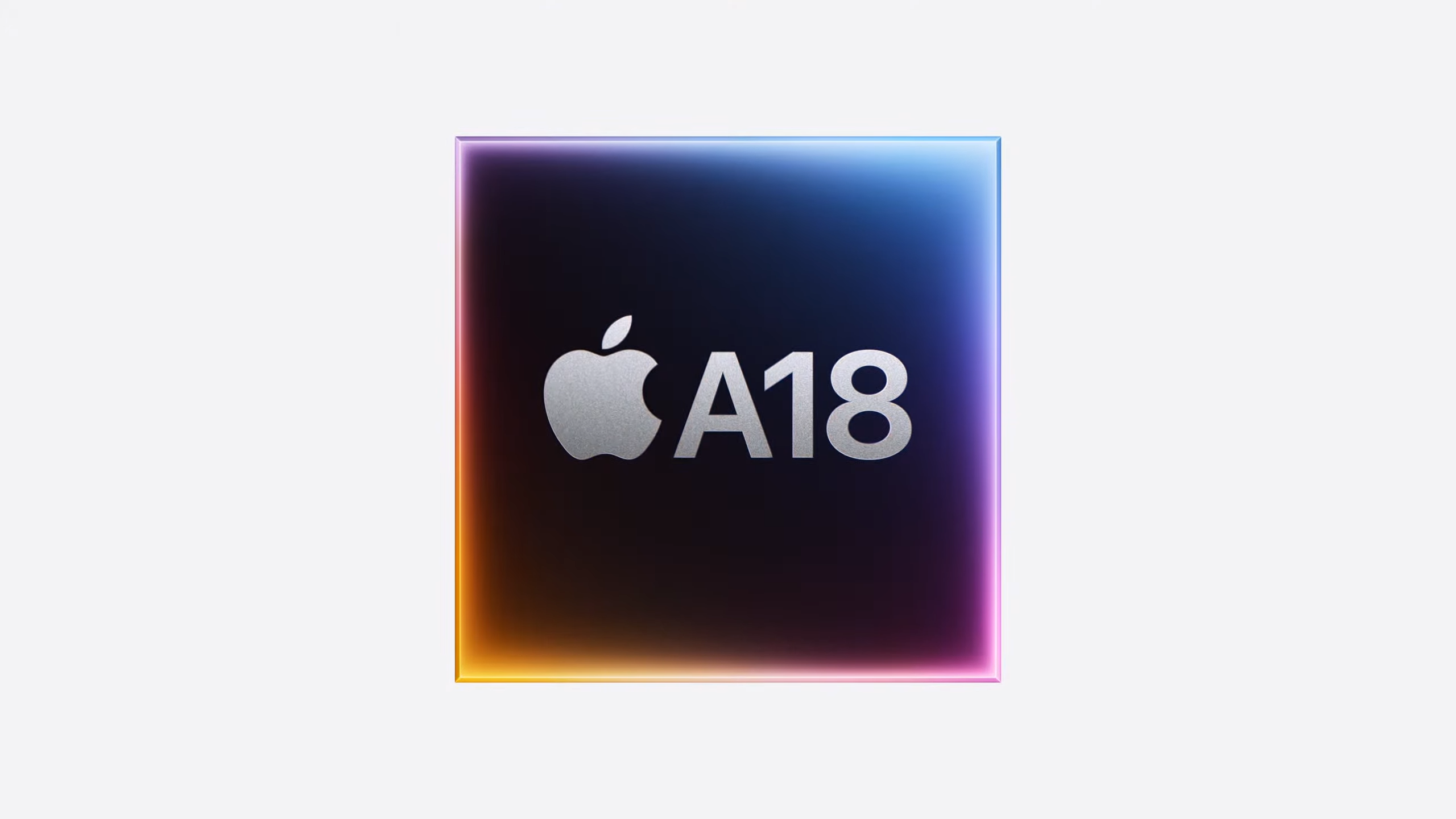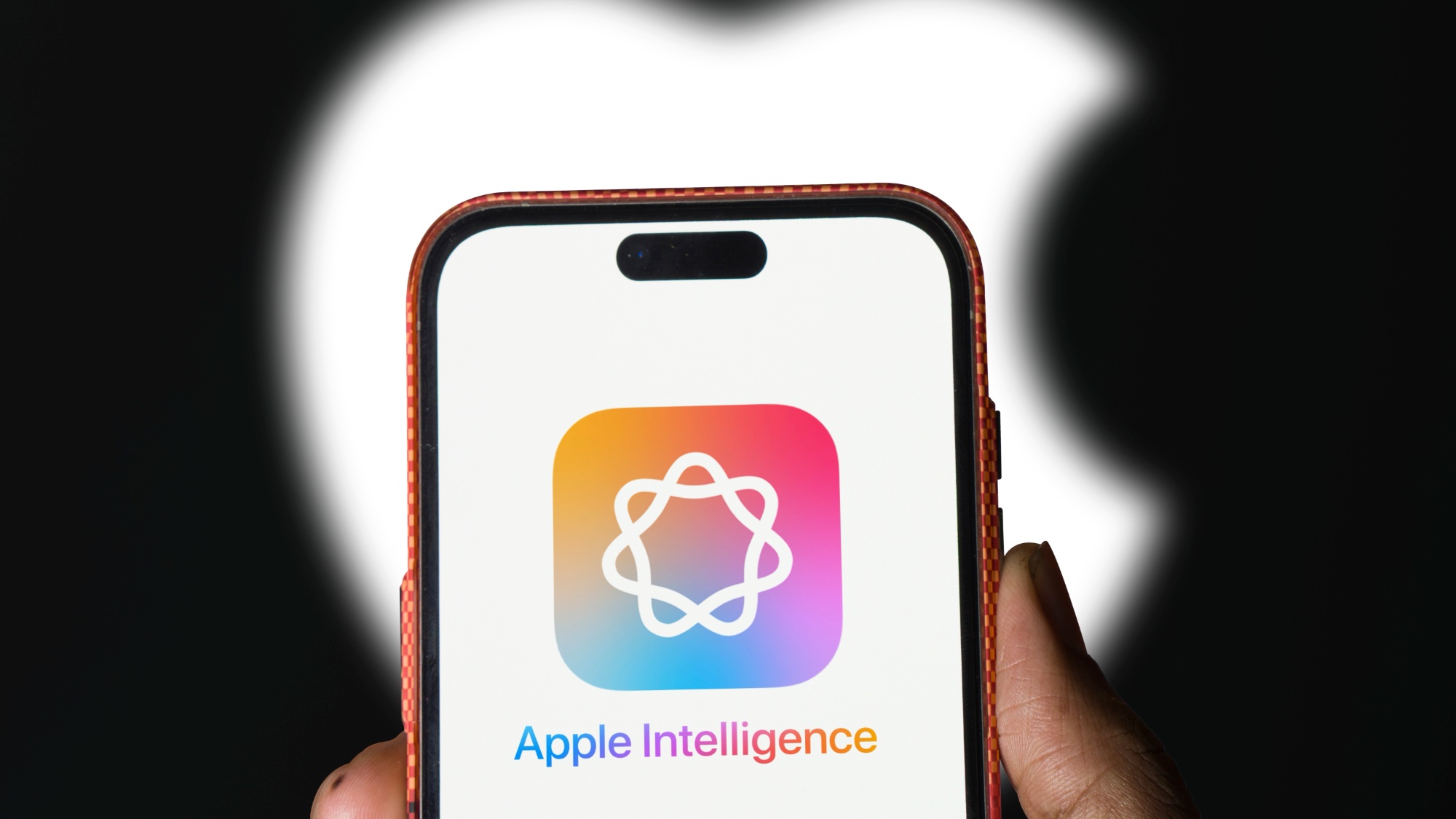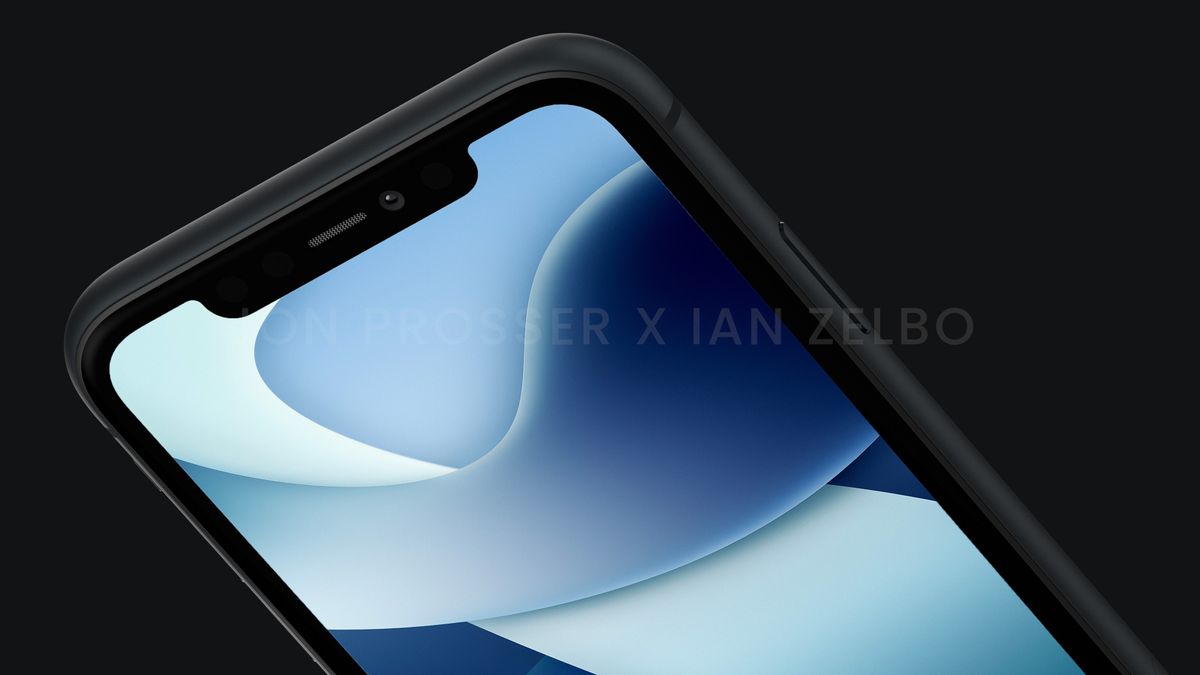With the iPhone SE 4 reportedly on the way early next year, anyone holding on to the current iPhone SE model will have to answer a very pertinent question: Is it time to upgrade my phone?
If rumors about an early 2025 release for the new model prove to be true, the iPhone SE 4 will be arriving at an especially opportune moment for upgraders — it will be around three years since the iPhone SE 2022 made its debut. And even with people holding on to their phones longer, three years is about the point when most of us start to think seriously about an upgrade.
That’s especially true of the current iPhone SE, a phone that’s definitely showing its age in terms of design. Apple’s cheapest iPhone mimics the look of the iPhone 8, a device that Apple discontinued four years ago. In a world of edge-to-edge displays and Dynamic Islands, the iPhone SE 2022 still has that chunky bottom bezel housing a Touch ID sensor. Look for that to change next year, when the iPhone SE 4 adopts a look that’s more reminiscent of the iPhone 14.
But a new design shouldn’t be the motivating factor in deciding whether it’s time to upgrade to the iPhone SE 4. Nor should the move to a larger screen size, whether it’s the rumored 6.1-inch display of the regular model or a potential 6.7-inch iPhone SE Plus model. Yes, the trend in smartphones favors larger displays, but that’s not what’s going to make the iPhone SE 4 special.
Instead, the biggest change to Apple’s budget phone — and the reason to make the move to an iPhone SE 4 next spring — will likely be under the hood.
Look to the chipset
Since the first iPhone SE arrived in 2016, Apple has done a very clever thing with its least expensive phone. It’s used the same silicon for the new model that it introduced the previous fall when it rolled out new flagships. In the case of that first iPhone SE, Apple turned to the A9 system-on-chip, which had debuted six months earlier in the iPhone 6s and iPhone 6s Plus. The current iPhone SE 2022 runs on an A15 Bionic, which had powered 2021’s iPhone 13 models. (Apple also used the A13 in the iPhone 14 and iPhone 14 Plus, though that version had an extra graphics core.)
There’s no reason to believe Apple’s going to deviate from this well-established pattern with its latest iPhone SE. And that would mean when the iPhone SE arrives next year, it would feature the A18 chipset found in the current iPhone 16 and iPhone 16 Plus.
It shouldn’t take a lot of explaining as to why that’s good news. Assuming Apple keeps the price of the iPhone SE 4 under $500 — the current model sells for $429 — you’re going to be able to get iPhone 16-quality power in a device that costs at least $300 less than Apple’s entry-level flagship.
| Row 0 – Cell 0 | iPhone 16 | Samsung Galaxy S24 |
| Processor | A18 | Snapdragon 8 Gen 3 |
| Geekbench (single core/multicore) | 3,301 / 8,033 | 2235 / 6922 |
| WildLife Unlimited(fps) | 98.23 | 120.4 |
| Adobe Premiere Rush (mins:secs) | 0:22 | 0:41 |
Why the A18 matters

An A18-powered iPhone SE won’t just be able to match the performance of the iPhone 16 — it will also keep pace with the leading Android flagships that also cost hundreds of dollars more. (Well, at least until devices powered by the Snapdragon 8 Elite start showing up, but that’s another story.) You’re going to be able to get your hands on a phone that can handle just about any processor-intensive task you can throw at it, and it should be able to run some pretty graphically demanding games, too. (Just don’t expect to see the benefits of games that take advantage of high refresh rates for more immersive graphics, as the iPhone SE 4’s display is expected to stick to a pedestrian 60Hz refresh rate.)
More important than performance, though, is battery life. The A18 has proven to be a very efficient chip that does a good job of delivering fast performance that doesn’t sap the phone’s battery. Both the iPhone 16 and iPhone 16 Plus lasted longer on our battery test than their predecessors. In fact, the iPhone 16 Plus lasted so long, it landed on our best phone battery life list.
The latest iPhone SE’s battery test result trails the average smartphone’s by about an hour. Partly, that’s a function of the current phone’s compact size, which doesn’t leave much room for a battery. But the iPhone SE 2022 also misses out on recent improvements to power management in Apple’s A Series chips.
You’d imagine both the iPhone SE 4 and a Plus model would have more space for a bigger battery than the current SE offers. Throw in a more power-efficient chip in the form of the A18, and you should see a big jump in battery life with the newer phones.
Apple Intelligence to boot

In true Steve Jobs fashion, there is one more thing about the A16 powering the iPhone SE 4. It would allow the cheapest phone Apple offers to include Apple Intelligence features.
As we’ve written elsewhere, those initial features arriving in iOS 18.1 this week are pretty basic, certainly not enough to cause a spike in iPhone upgrades on their own. But they are nice to have on a phone — especially one that won’t cost a lot upfront like the iPhone SE 4.
Besides, the current set of Apple Intelligences features is the first of many coming to the iPhone. By the time the iPhone SE 4 is rumored to debut, several more updates will have appeared bringing new capabilities. And, given that iPhones can still be very useable four to five years down the road, your budget phone should be future-proofed to add features once Apple’s push AI really starts cooking.
iPhone SE 4 outlook
There are a lot of exciting iPhone SE 4 rumors floating around out there, even at this early stage many months before the phone’s likely release. The new design, larger screens and potential camera improvements all sound like very solid additions to a device that, at its best, can go toe to toe with Google‘s Pixel A Series handsets for the title of best cheap phone.
But at the end of the day, so much about the iPhone SE 4’s appeal is going to hinge on the silicon that Apple picks to power the phone. Here’s hoping the company sticks with its usual way of doing things and opts for the A18.

